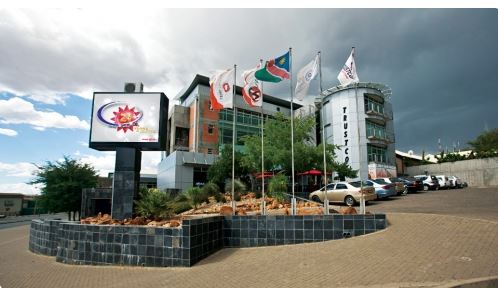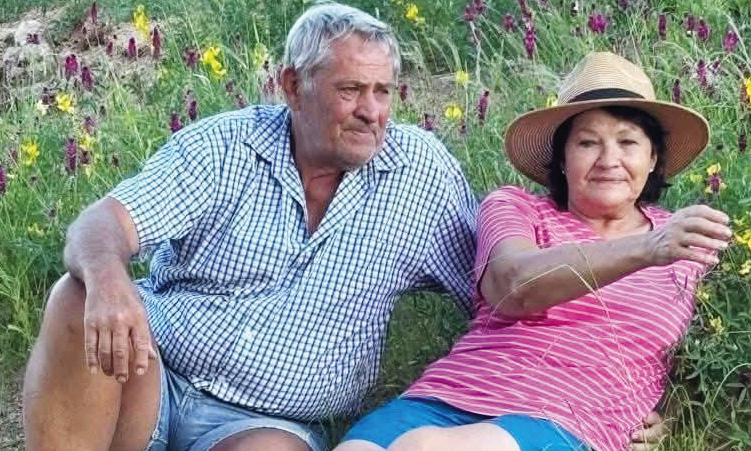THE Livestock Producers’ Organisation (LPO) has submitted its proposals for the envisaged amendments to the financing of the Meat Board and the Small Stock Marketing Scheme.
Recently the Meat Board invited submissions from stakeholders in the meat industry for ideas on a revised levy system.The LPO proposed that a standard value must be calculated for sheep, goat, weaners and slaughter cattle. When these animals are slaughtered or exported, a levy of 0,8 per cent of the value of each animal should be payable. A 0,4 per cent levy should be imposed on the calculated standard value for all transactions with all other animals not slaughtered or exported.The determination of the percentage must be calculated into the budget of the Meat Board.For the cost recovery of meat classification services provided by the Meat Board, the LPO proposed that producers and abattoirs pay 50 per cent of the expenditures of classification services each.Alternatively, if abattoirs slaughter at 80 per cent capacity, the classification services could be carried at 50 per cent per expense item – and not per carcass anymore – shared by producers and abattoirs If the abattoirs slaughter less than their average of 80 per cent capacity, they will have to pay 100 per cent.The LPO held its strategic planning meeting recently and took note that the Abattoir Association of Namibia was busy with internal actions to get consensus about the producers’ current proposal for a disincentive levy of N$40 per head on exported sheep. Since several years ago, a Government export ban has been in place that only allows sheep exports at a 6:1 ratio and a levy must be paid per sheep exported. This means that for each sheep exported, six must be slaughtered locally. This equals a virtual ban on live sheep exports and has negatively affected communal and commercial sheep farmers. There is still a small window of opportunity for live sheep exports without a levy to South Africa, though. Sheep that are too thin and thus not accepted at local abattoirs can still be exported if a producer or agent has offered them to two local abattoirs first. Should they reject the animals as too thin, they can be exported through the Meat Board, which will issue a permit. In South Africa, the sheep are then fed until they reach a good slaughter weight.
Stay informed with The Namibian – your source for credible journalism. Get in-depth reporting and opinions for
only N$85 a month. Invest in journalism, invest in democracy –
Subscribe Now!










